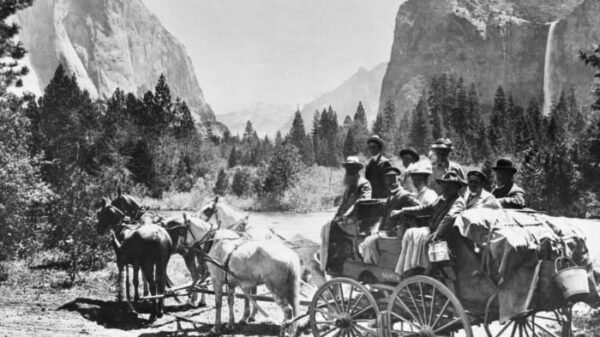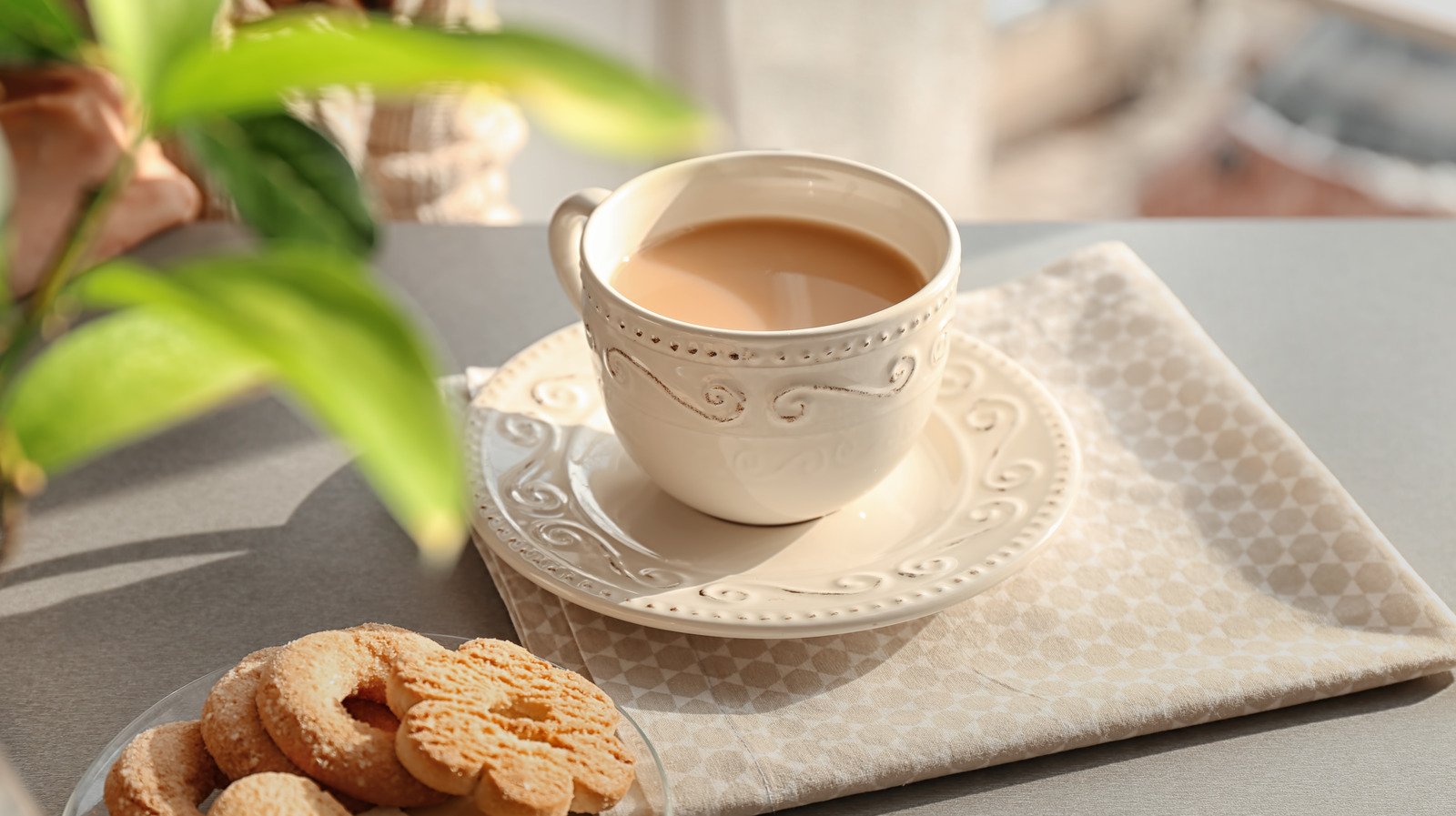Add Milk To Tea Before The Boiling Water For A Flavor Transformation
Tea is a beloved beverage that has been enjoyed by people across the globe for centuries. Whether it’s a comforting cup of Earl Grey, a refreshing glass of iced tea, or a soothing herbal infusion, tea offers a wide range of flavors and health benefits. However, did you know that the way you prepare your tea can greatly impact its taste? One unconventional yet intriguing method is adding milk to tea before pouring in the boiling water. This unique approach creates a flavor transformation that is worth exploring. So, let’s delve into the reasons behind this practice and discover why it might be worth giving it a try!
The Origins of Adding Milk to Tea
The tradition of adding milk to tea can be traced back to the 17th century in England. This practice emerged during a time when tea was considered a luxury item and was primarily consumed by the upper classes. Milk was added to tea to prevent the delicate porcelain cups from cracking due to the heat of the boiling water. Over time, this method became popular and was embraced for its ability to create a rich and creamy cup of tea.
A Surprising Flavor Transformation
While the primary motivation for adding milk to tea was initially practical, it soon became clear that this unusual preparation method also had a significant impact on the tea’s flavor. Adding milk to tea before pouring in the boiling water creates a smoother and milder taste compared to the traditional method of brewing tea first and then adding milk. The dairy proteins in the milk bind to the bitter compounds in the tea, resulting in a more balanced and less astringent flavor profile.
Furthermore, this technique enhances the natural sweetness of the tea, creating a harmonious blend of flavors. It is especially effective when used with strong black teas like Assam or English Breakfast, as it helps soften their robust characteristics. The addition of milk also brings out the underlying notes of maltiness and caramel that are often present in these varieties.
Elevating the Experience
In addition to the flavor benefits, adding milk to tea before pouring in the hot water can subtly transform the overall tea-drinking experience. The swirling patterns created by the milk blending with the tea create a visually appealing effect, adding a touch of elegance to the ritual of tea preparation. Furthermore, the creamy texture achieved through this method provides a comforting and indulgent sensation that can be particularly enjoyable during colder months.
Royal-Tea Science
While the flavor transformation brought about by adding milk to tea is undoubtedly intriguing, there is also a scientific explanation for this phenomenon. The proteins in milk, specifically casein, interact with the polyphenols in tea, which are responsible for its bitter taste. The casein proteins form complexes with these polyphenols, reducing their ability to bind to the taste receptors on the tongue. This interaction results in a smoother and less bitter cup of tea.
A Matter of Preference
It’s important to note that the decision to add milk to tea before boiling water is a matter of personal preference. Some tea enthusiasts believe that this method dulls the delicate flavors of certain teas, particularly green and white teas, and prefer to enjoy these varieties without milk. However, for those who prefer a creamier and more mellow cup of tea, giving this unconventional approach a chance can lead to a surprisingly delightful experience.
Conclusion
The addition of milk to tea before pouring in the boiling water is a historical practice that has stood the test of time. Not only does it provide a practical solution for preventing delicate cups from cracking, but it also results in a flavor transformation that can elevate the entire tea-drinking experience. From the smoother taste to the subtly sweet undertones, this unconventional method offers a unique twist on traditional tea preparation. So, if you’re feeling adventurous, why not give it a try and see how it changes your perception of tea?
*Source www.foodrepublic.com




































